
The world is full of mystery and madness, cloaked in the unexplained, the inexplicable, and the awe-inspiring. Many events and figures from our past have found themselves faced with a truth that is stranger than fiction. These odd truths relate to birth dates, death dates, incredible stories of survival, and other monumentally coincidental moments that changed the course of history. Here are some stories that are sure to make you think, maybe there is such a thing as pure coincidence.
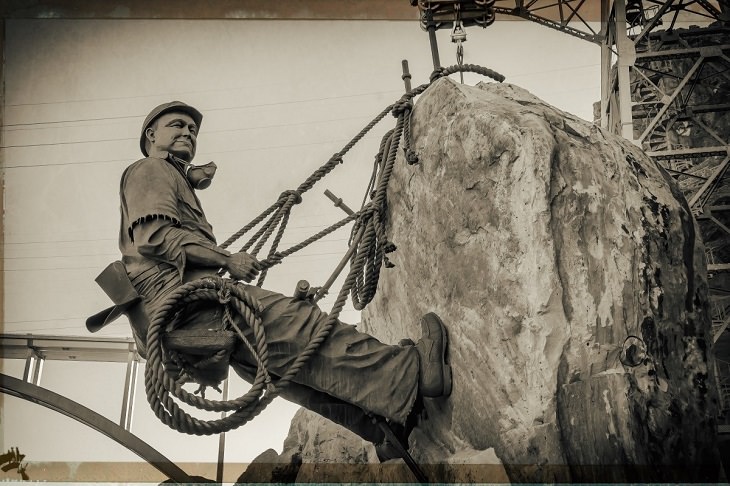
There are a lot of myths that have built themselves around the building of the Hoover Dam, like theories that hard hats were first invented during its construction or that there are bodies buried in the cement-laden walls. Unlike those legends, this one is actually true, and while there are no bodies cemented into the dam, there were a total of 96 fatalities attributed to the creation of this historic structure, the first and last of which hold major significance.
Official documents recorded one of the first fatalities on December 20th, 1921, when John Gregory Tierney drowned during a violent flash flood. The last fatality that occurred during the dam’s construction happened on December 20th, 1935, exactly 14 years to the day after the passing of Tierney. In an even more shocking twist, the worker who fell from one of the intake towers on Black Canyon, was Patrick William Tierney, the first victim's only son. Though this coincidence is deeply saddening, the legacy of the Tierneys will live on with that of the Hoover Dam.
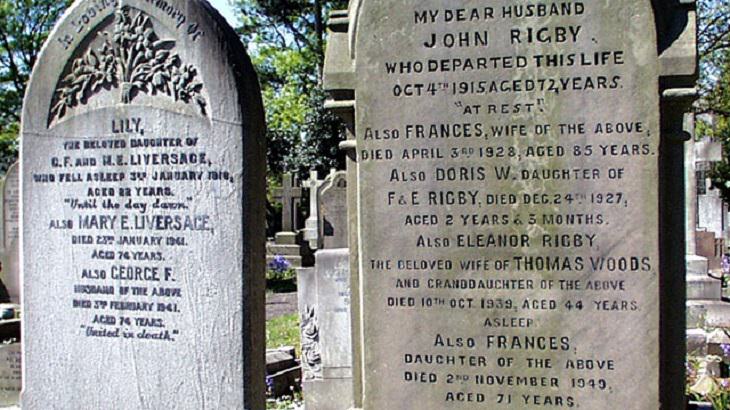
(By Peter Tarleton, Wikimedia Commons)
The Beatles were an English rock band that made waves in the 1960’s music industry, becoming an international hit and considered legendary musicians to this day. One of the band's biggest hits was a song titled “Eleanor Rigby”, a musical narrative on loneliness, that was nominated for three Grammy Awards, and proceeded to win one.
When Beatles frontman Paul McCartney wrote the song, he said the song was named after the band’s co-star in the film Help!, named Eleanor Bron, and a well-known shop in Bristol called Rigby & Evens Ltd. Seems normal enough but lets jump back in time 9 years to a party in Woolton. This is where Paul McCartney and John Lennon first met, and would spend much of their time together over the next few years, a kind blessing from fate to the music industry - yet still not necessarily a coincidence.
Here’s what is: Just a few yards away from where the two musicians were getting to know each other was the grave of the actual Eleanor Rigby, a woman born in 1895 who passed away in 1935. Paul McCartney states that the woman the song alludes to was, is, and remains fictitious, though he admits the coincidence could have been a subconscious product of the real Eleanor Rigby’s resting place being so close to their teenage meeting ground.
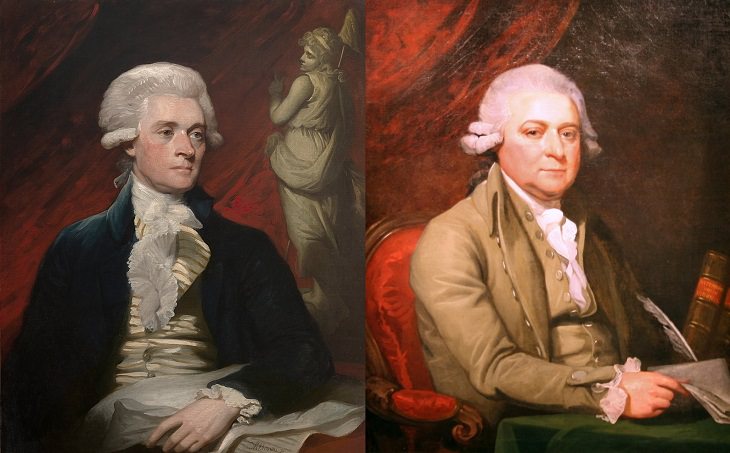
(Left: Thomas Jefferson, By Mather Brown, Wikimedia Commons /
Right: John Adams, By Mather Brown, Wikimedia Commons)
The Founding Fathers of America were a well-connected group in the early years of independence and many remained friends for decades after signing the Declaration of Independence, despite differing and even opposing political allegiances. Perhaps one of the most iconic of these friendships was the one maintained by Johns Adams and Thomas Jefferson, the 2nd and 3rd Presidents of the United States respectively.
When Jefferson replaced Adams in the Oval Office in 1801, it put a significant strain on their friendship. The distance between them lasted for 11 years, as the rivalry between Jefferson’s Republican Party and Adam’s Federalist Party escalated. However, when Adams sent Jefferson well-wishes for the New Year in 1812, it sparked a reconciliation, regardless of previous conflicts.
So when both men tragically passed away on July 4th, 1826, as America celebrated it’s 50th Independence Day, it was declared by John Adams's son to be “visible and palpable remarks of Divine Favor”. In other words, the holiest of all coincidences. To add to this presidential perplexity, Adam’s final words were “Thomas Jefferson survives”, placing his last vestige of hope in the friend who had, unbeknownst to him, passed away only a few hours prior. 5 years later, James Monroe was added to the list of presidents who died on Independence Day.
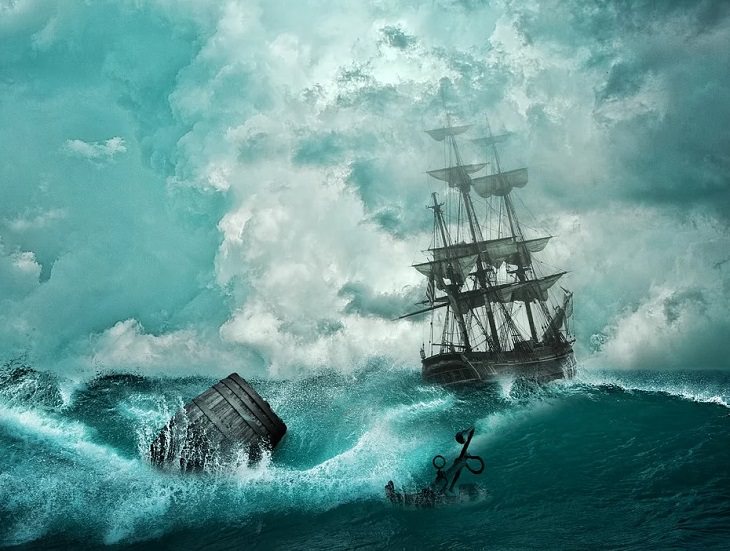
The sinking of the HMS Titanic is arguably one of the most infamous shipwrecks in history. It went on to be the inspiration for the award-winning James Cameron movie named after the ship, and numerous love stories spawned by the aforementioned movie. This was thanks to the stories of the shaken souls that survived the gruesome collision and ice-laden waters. One such soul was Violet Constance Jessop, a 24-year-old stewardess aboard the ship on that tragic day in 1912, who just barely escaped with her life on Life Boat 16.
Her brief experience with the Titanic was actually the second installment in her saga of sea-based shock and horror. In the year prior to her work on the Titanic, she was aboard the HMS Olympic, one of the Titanic’s fleetmates which collided with a British warship, an accident which mercifully had no fatalities. A little over 4 years after the Titanic incident, Jessop would get her third test of fate, which would lead to her being nicknamed “Miss Unsinkable”.
Jessop was working on the HMHS Britannic, a converted hospital ship and second sister of the Titanic when it suddenly exploded. Within 55 minutes, the ship was underwater, taking with it 30 lives out of the 1,066 that had been on board. Jessop was nearly sucked into the propellors along with her lifeboat but managed to jump out, leaving her relatively intact aside from a head injury.
It was finally determined only in 2016, during an exploratory diving expedition that the ship collided with a deep-sea mine, causing the explosion. Other survivors of the incident included Archie Jewell and Arthur John Priest, who also survived the sinking of the Titanic. Miss Unsinkable lived till the age of 83 when she finally passed away of congestive heart failure.
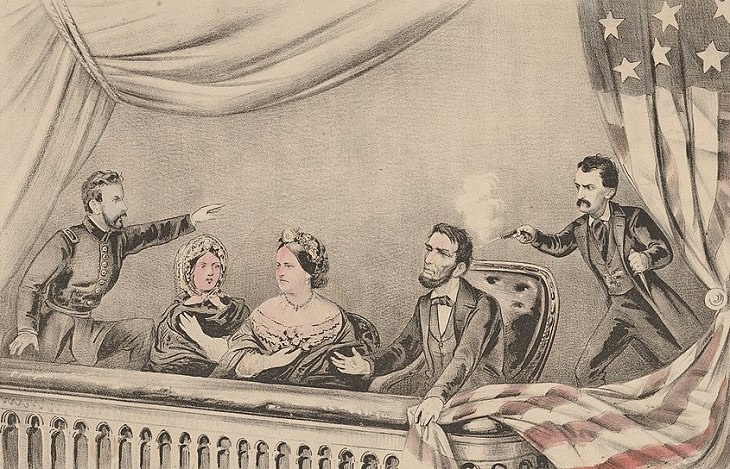
(By Currier and Ives, Wikimedia Commons)
As the son of the country’s 16th President, this name is in many historical records, but what is often left out of commonly told stories is that following the death of his father, one of only four presidents to be assassinated, this young man would go on to actually witness firsthand two of the following presidential assassinations. In fact, Robert Lincoln’s life has been peppered with coincidence, starting with his life being saved in 1864, when he was 21, by Edwin Booth, the brother of the man who would shoot his father one year later.
Though he did not witness his father’s murder, he and his distraught mother sought a change and moved to Chicago, after he resigned from the U.S Army Commission. Over the years, he established a family and a highly successful law practice which culminated in him being appointed Secretary of War in President James Garfield’s administration in 1881. In July of that year, Lincoln was waiting in a railway station, set to travel with Garfield, who was only 4 months into his presidential term, when deranged fanatic Charles Guiteau shot him in the back. Complications from the injury led to his death two months later.
Almost 20 years later, undoubtedly when Lincoln believed he had left all political assassinations behind, he was invited by President William McKinley to attend the Pan-American Exposition in Buffalo, New York. He graciously accepted and arrived at the event when it was in full swing. As he made his way into the building, presumed anarchist Leon Czolgosz was inside the building shaking the president’s hand with his left hand and shooting him in the abdomen twice with his right. McKinley initially appeared to be recovering well in the hospital, but after a week, his body succumbed to gangrene from the gunshot wounds and he passed away.
Robert Lincoln himself noted this bizarre and morbid sequence of events that appeared to follow him and thereafter refused any form of presidential invitation that came his way. He is noted as having responded with a dark sense of self-awareness, stating, “No, I'm not going, and they'd better not ask me, because there is a certain fatality about presidential functions when I am present.”

Our genetic make-up can go a long way in determining unique and common characteristics. In many ways, we can be total opposites of our siblings, and in others, we can appear to be like mirror images. In 1979, one psychologist researching twins to establish clear coherent differences between them met two men that would challenge the very foundation of his research, Jim Lewis and Jim Springer, twins separated at birth.
Born to an unwed teenage girl, the brothers were adopted immediately after their birth, one going home with the Lewis Family of Lima, Ohio, and the other going home with the Springers of Piqua, Ohio. Though they only lived 40 miles apart, the brothers never sought each other out as both families had been told that the twin brother of the boy they were adopting had died at birth. However, Mrs. Lewis recounted a rather innocuous remark made by an official in the courthouse when her son was only 16 months old and the adoption papers were being finalized. “They named the other little boy ‘Jim’, too”.
The remark stuck with Mrs. Lewis. Her occasional urges to her son to find his long lost brother fell on deaf ears for decades until one Thanksgiving when a 37-year-old Jim Lewis finally decided to reach out to the Probate Court. The brothers then initiated contact and reunited, before being called by psychologist Thomas Bouchard to participate in his study on twins, expecting to find some similarities but also a great many number of differences. Bouchard was as mistaken as he was shocked.
They soon discovered that they had a lot more than simply their names in common. Looking into their childhood days, it was found that both boys struggled with spelling, but loved math and carpentry. As adults, both opted for similar occupations, Springer having been a former deputy sheriff and Lewis working as a security guard for a steel mill. That wasn’t all, though. Both brothers had previously been married to women named Linda, consequently divorced their respective Linda’s and then both went on to marry women named Betty. And to really seal the deal, both men had one son, and their sons were named James Allan Springer and James Alan Lewis respectively.
Share this article with other history buffs